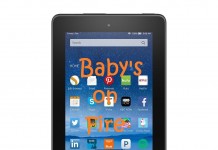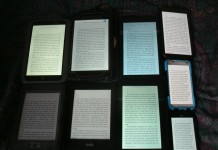 From the Humane Informatics website:
From the Humane Informatics website:
The Humane Reader is a low-cost device which can bring a five thousand book library into a home or school which has no other access to internet content. The Reader can be produced in quantity for approximately $20 per unit, and uses any existing television set as a display device for Wikipedia or other content. It is available to NGOs, educators, non-profits or other aid agencies.
Only approximately 20% of the developing world are internet users. The remaining 80% do not have access to online reference sources such as Wikipedia, online libraries of books and information to improve literacy, nor access to a computer to develop technological skills.
The Humane Reader device addresses this gap by providing the equivalent of a 5,000 book library in content at very low cost to households, libraries, and schools. No internet connection is required – the Humane Reader requires only a television set.
Books and text are stored on a simple SD memory Card – the type used by digital cameras – which are relatively low cost (~$4 for 2GB in bulk) and can hold the equivalent of thousands of books. The Humane Reader allows a user to access the contents of the SD Card for display on a common TV set. …
The Humane Reader has been developed from the ground up with cost in mind. The basic unit can be produced for less than $20 in mass quantities. Thus for less than the cost of a single textbook the Reader can provide the equivalent of a five thousand book library.
Wikipedia is the first content provided for use with the Humane Reader. A single memory card can hold most if not all of Wikipedia text in a variety of languages. The device provides search capabilities, and can be connected to an optional keyboard for more fluid text input.

































